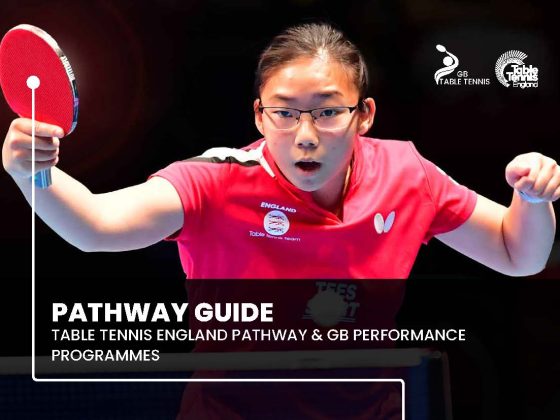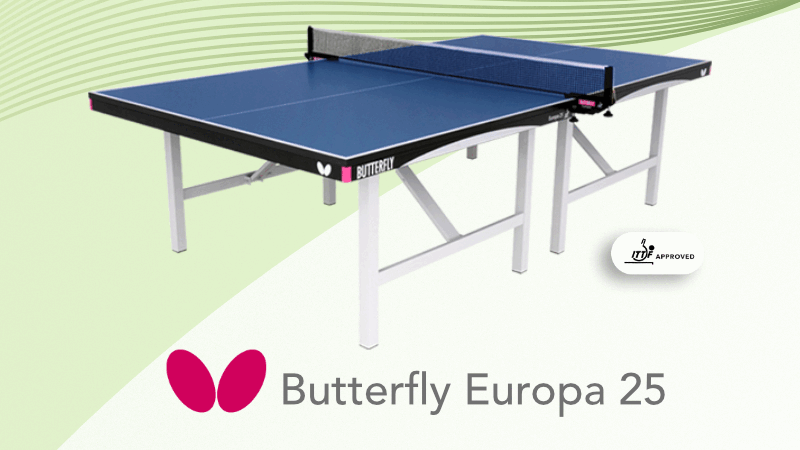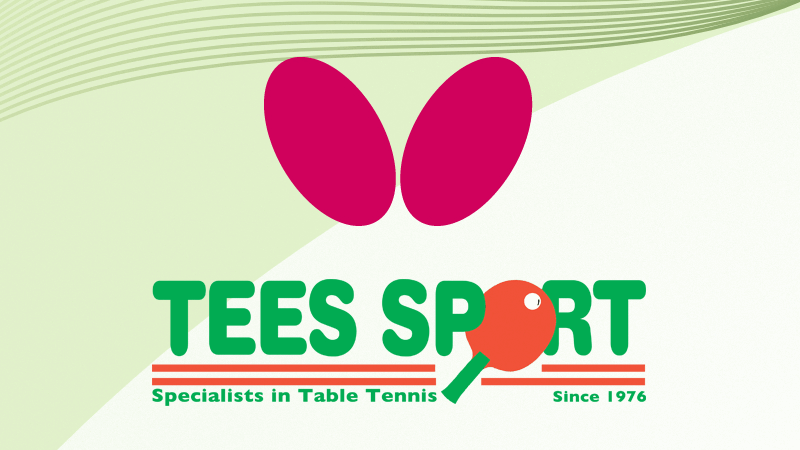The England and GB athletes of tomorrow have a new tool to help them reach the top as Table Tennis England publishes the Pathway Guide.
A handbook which explains everything that players, parents, coaches and stakeholders need to know at every stage of the journey, the Pathway Guide aims to:
- Explain the pathway from club activity to the international stage, including the key transitions that players will face
- Outline the commitment and expectations of table tennis players at each stage of the pathway, from Pathway Development Centres (PDCs) through to GB programmes
- Outline the support that may be available to players as they progress through the pathway
- Outline how players can combine their studies with table tennis
- Provide pathway examples from among current performance players
- Outline other key information for players and parents as they progress through the pathway
It takes the player through every stage from entry level, through development into ‘emerging talent’ and ‘breakthrough talent’ phases to the elite phase, detailing the framework, guiding principles and performance standards the players will encounter, and how to manage the transitions between phases.
There are sections on how PDCs and elite training centres work, and a separate section dedicated to the para pathway and para athletes.
Another section is aimed specifically at parents, to guide them as to how they can help their children to progress through the pathway, while other parts of the document cover living abroad, combining table tennis with education or a career, player wellbeing, the Athlete Panel and anti-doping.
To bring some of the guidance to life, there are case studies of lived experiences of current performance athletes, Tom Jarvis and Tin Tin Ho, who outline their journeys from initiation in the sport to now.
Reflecting the duty of care to players throughout the timeline, there is also guidance on managing the transition when players come to leave the pathway, at whatever stage that happens.
Emma Vickers, Head of Pathway Development, said: “This will be a key document for players at all stages of the pathway, parents, coaches, and wider stakeholders to understand various elements of the pathway experience.
“The document covers a variety of topics including information on each stage of the pathway and the support players can access.
“We hope the document better informs players of the journey ahead, helping them to prepare and effectively make decisions.”
Tom Jarvis, one of the case studies in the guide, said: “This is a good initiative – the more information young players are given, the better it will be for their development and the future of English table tennis. I’m happy to share my experiences in the sport to help this process.”
Aligning to this document will be a new Player Development Framework, which explains the areas of development and considerations that a young table tennis player entering the pathway needs to make to be able to successfully progress between stages. This includes key skills and developments across eight areas, including from technical, physical, social and psychological standpoints.
The framework will include a series of technical and physical videos for coaches and players to view to better understand what these skills look like in practice.





